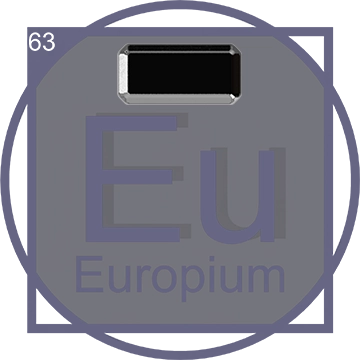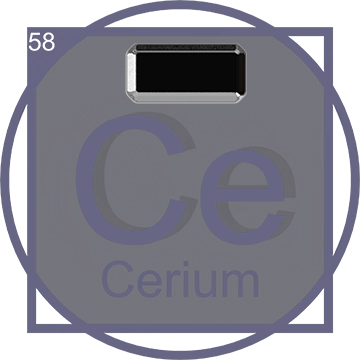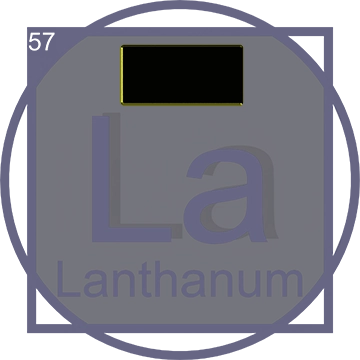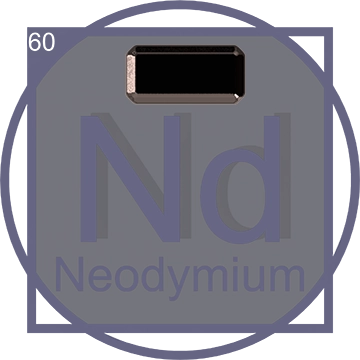Exploring Europium: A Key Player in Modern Technology
Introduction to Europium
Europium, with the symbol 'Eu' and atomic number 63, is a moderately hard, silvery metal that readily oxidizes in air and water. Belonging to the lanthanide series, europium is one of the most reactive rare earth elements and holds a unique position in the periodic table due to its distinctive properties.
Discovery of Europium
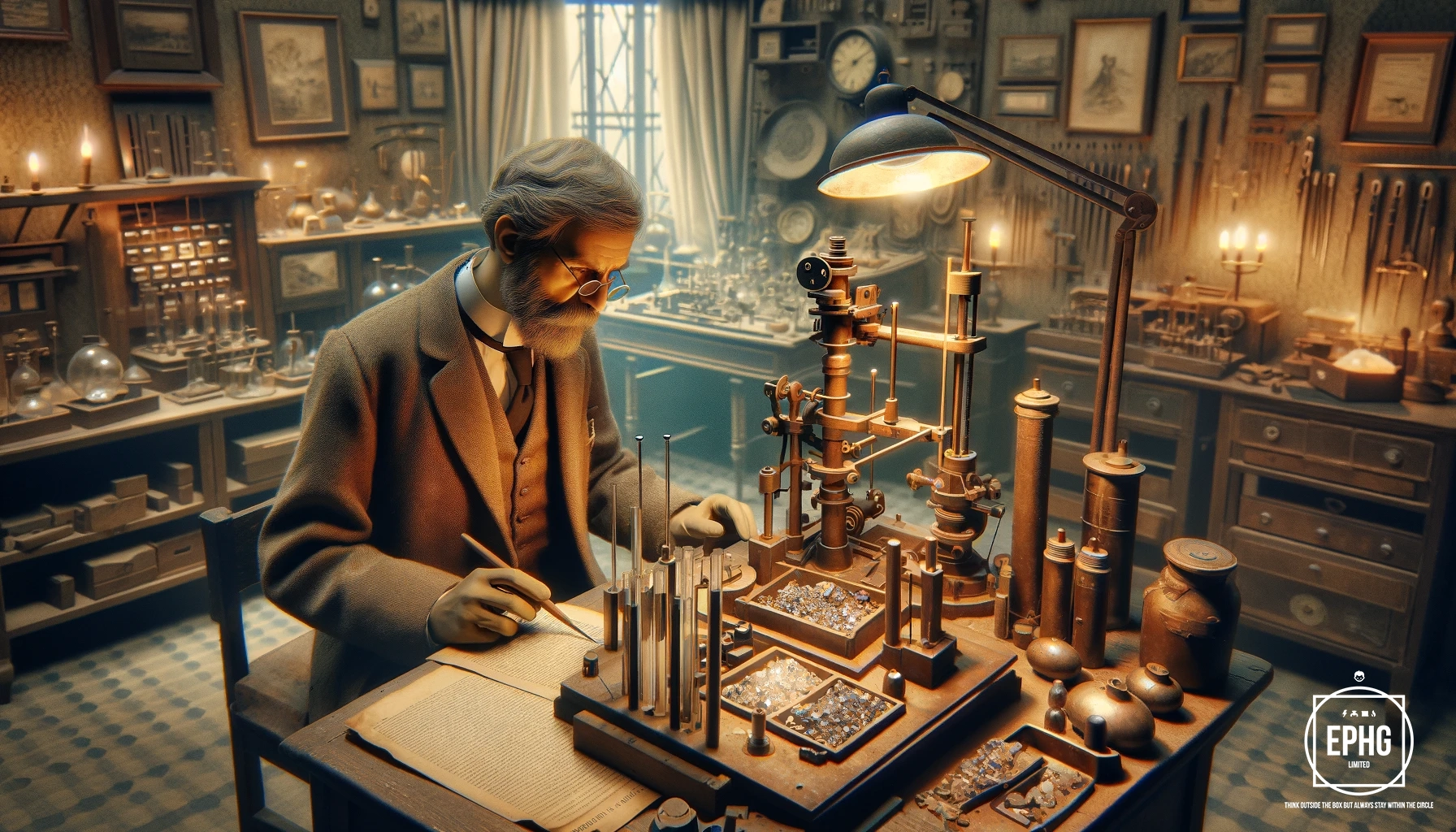
Europium was discovered by French chemist Eugène-Anatole Demarçay in 1901, who identified it through its sharp absorption lines in the spectrum of samarium-gadolinium concentrates. This discovery was confirmed several years later when he was able to isolate it in relatively pure form, thus adding another member to the expanding list of rare earth metals.
Europium in the Periodic Table
As a member of the lanthanide series, europium typically exhibits a +3 oxidation state, although it also has a stable +2 state which is not common among the rare earths. This unique property significantly influences its chemistry and applications. Europium is less abundant in the Earth's crust than some of its lanthanide cousins, but it plays a crucial role in modern technology because of its specific characteristics.
Physical and Chemical Properties

Europium is distinguished by its exceptional ability to absorb neutrons and its fluorescence. In its pure form, europium is quite reactive, tarnishing in the air and reacting with water to form europium hydroxide. These properties make europium valuable in various industrial and scientific applications.
Applications in Science and Technology
Europium's most notable uses include its role in the manufacturing of phosphors for color televisions, smartphones, and fluorescent lamps. It is also crucial in the production of lasers and other optoelectronic devices. The metal's ability to absorb neutrons makes it valuable in the control rods of nuclear reactors, helping to maintain the safety and efficiency of these power sources.
Europium in Modern Technology
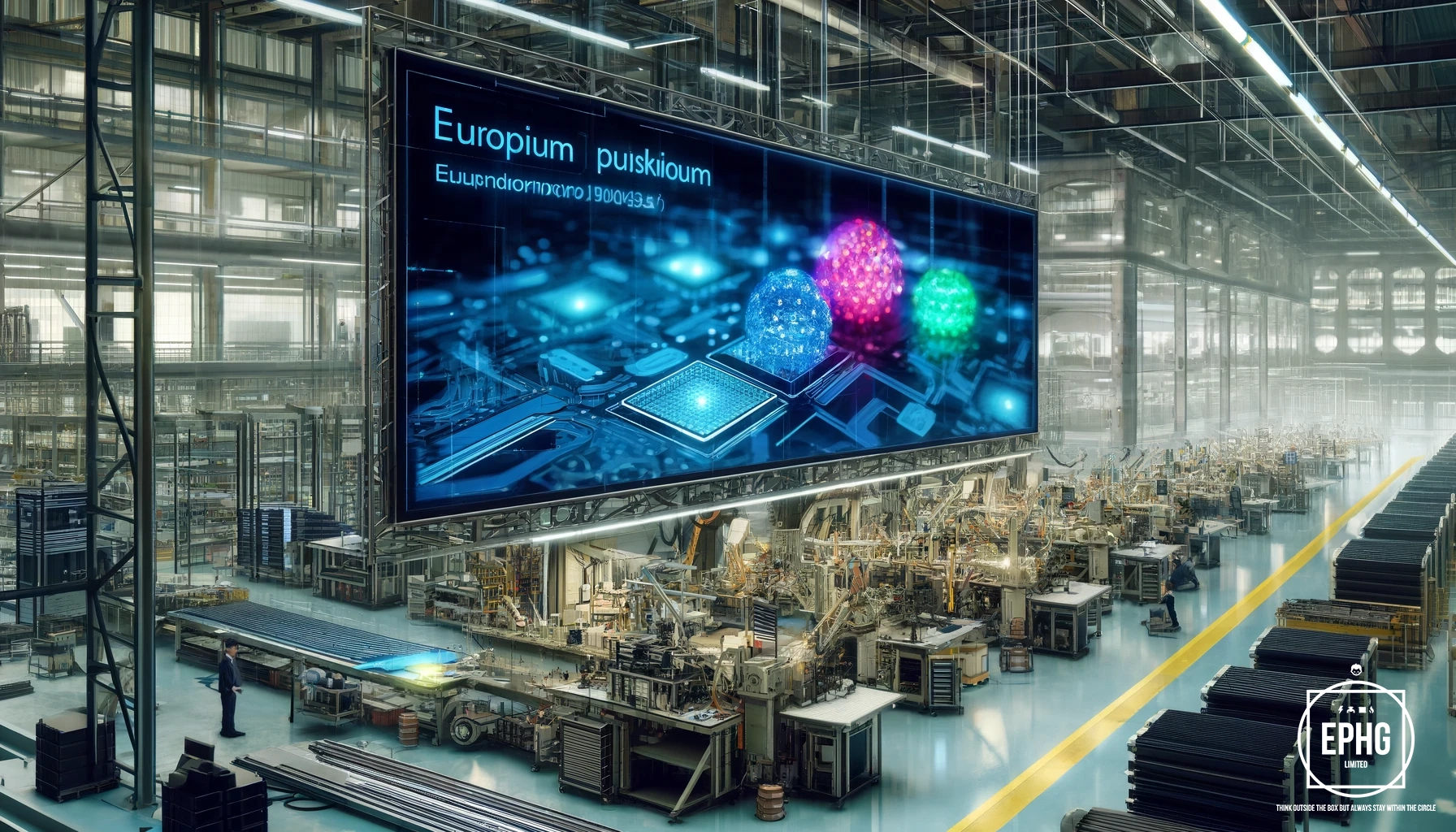
Today, europium is integral to the vibrant displays we see in electronic devices. It is used in the red phosphor that creates the bright reds on digital screens and significantly enhances color clarity and visibility. Beyond consumer electronics, europium is also used in anti-counterfeiting measures in Euro banknotes, where it provides red and blue fluorescence under UV light to verify the authenticity of currency.
Future Prospects of Europium
The future of europium looks bright, particularly as the demand for advanced display technologies continues to rise. Research is ongoing into new applications of europium in quantum computing and telecommunications. As we discover more about europium's potential, it could lead to innovations in solar energy harvesting and more efficient lighting solutions, further cementing its role in science and technology.
Production and Mining of Europium

Europium is predominantly sourced from minerals such as monazite and bastnasite, which contain a mix of rare earth elements. These minerals are processed through an extensive series of chemical reactions to separate europium from other lanthanides. The mining and refining process is both labor-intensive and environmentally sensitive, requiring careful management to minimize ecological impact.
Significant mines producing europium include:
- Mountain Pass in the USA
- Bayan Obo in China
- Mount Weld in Australia
- Bastnas in Riddarhyttan, Västmanland, Sweden
During the extraction process, europium is often found alongside other rare earth elements such as cerium, lanthanum, and neodymium. These minerals are crucial for various applications in modern technology and industry.
Modern Applications of Europium
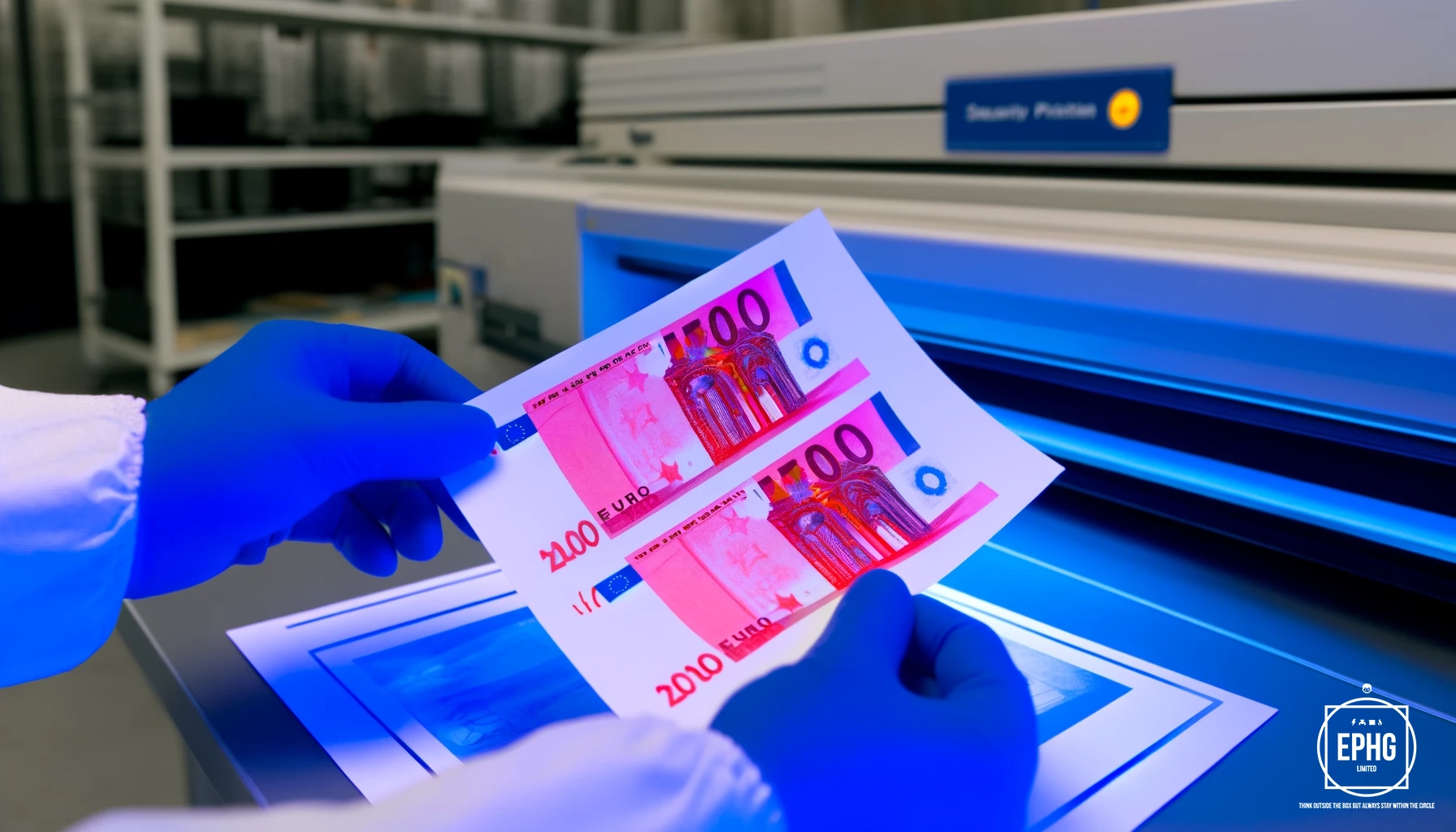
Today, europium is extensively used in the production of red and blue phosphors, which are integral components in the manufacture of color displays for electronics such as TVs, smartphones, and computer monitors. Its luminescent properties make europium invaluable for lighting, including energy-efficient LED bulbs and backlighting in LCD displays.
Additionally, europium is utilized in the medical field for its role in nuclear medicine imaging. It helps provide clear and precise images which are crucial for accurate diagnosis and treatment planning.
Future Prospects of Europium

Looking ahead, the applications of europium are expanding into new fields such as biotechnology and security. Researchers are exploring the use of europium in biolabeling and bioassays where its luminescent properties can be employed to track reactions in biological systems.
Furthermore, the anti-counterfeiting and document security industry continues to evolve with the use of europium. The development of new security features for passports, identity cards, and currency uses europium's distinctive fluorescence to prevent fraud and forgery.
